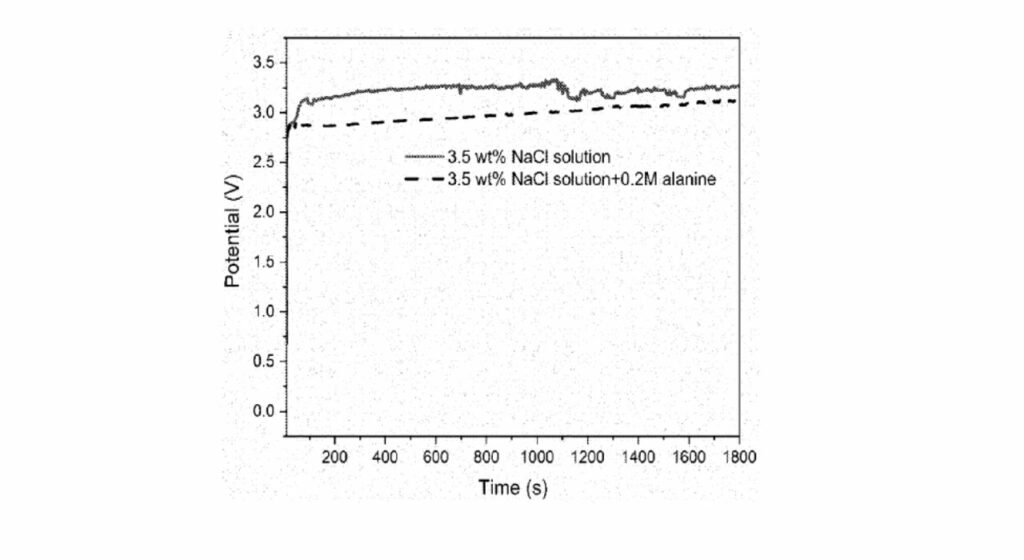An innovative patent has emerged from Brunel University London, which could potentially revolutionize the efficiency of hydrogen production via electrochemical methods. Filed on February 6, 2025, this patent outlines a novel electrochemical cell design that utilizes specific compounds to significantly reduce overpotential in the process of water splitting, ultimately promoting a more energy-efficient approach to hydrogen production.
Electrochemical Cell Composition
The patented electrochemical cell comprises three fundamental components: an anode, a cathode, and an electrolyte that facilitates contact between the two electrodes. The key innovation introduced in this patent lies in the specific compound incorporated within the electrolyte and at least one of the electrodes. This compound includes either an amino group, a carboxyl group, or both, with a strong preference for amino acids, peptides, or their combinations. Such modifications aim to enhance the overall efficiency of electrochemical reactions occurring within the cell, specifically targeting the reduction of energy loss traditionally faced in the electrochemical splitting of water.
Role of Amino Acids and Peptides
Amino acids and peptides are not typically associated with electrochemical reactions. However, their introduction into the electrochemical cell’s design is strategic, as these organic molecules can create a unique chemical environment that enables better electron transfer processes and stability. The presence of amino groups and carboxyl groups may play a critical role in facilitating the transfer of protons and electrons, which is vital for reducing overpotential and thus achieving greater energy efficiency.
Implications for Hydrogen Production
Hydrogen production through water splitting is a promising technology for generating clean and sustainable fuel. By significantly lowering the overpotential involved in this process, the new electrochemical cell design could pave the way for more practical and economically feasible hydrogen production methods. This improvement not only supports the global transition towards renewable energy sources but also aligns with worldwide efforts to minimize fossil fuel dependency and reduce carbon emissions.
While the patent from Brunel University London does not claim to revolutionize hydrogen production overnight, it introduces a promising approach to enhancing the efficiency of existing methods. By leveraging the unique properties of amino acids and peptides, this novel electrochemical cell design holds the potential to contribute meaningfully to the advancement of sustainable energy technologies. As the world moves towards cleaner energy solutions, innovations like this are vital stepping stones in achieving a sustainable future.
